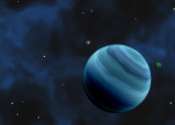Cassava is genetically decaying, putting staple crop at risk
For breeders of cassava, a staple food for hundreds of millions in the tropics, producing improved varieties has been getting harder over time. A team at Cornell used genomic analysis of cassava varieties and wild relatives ...









